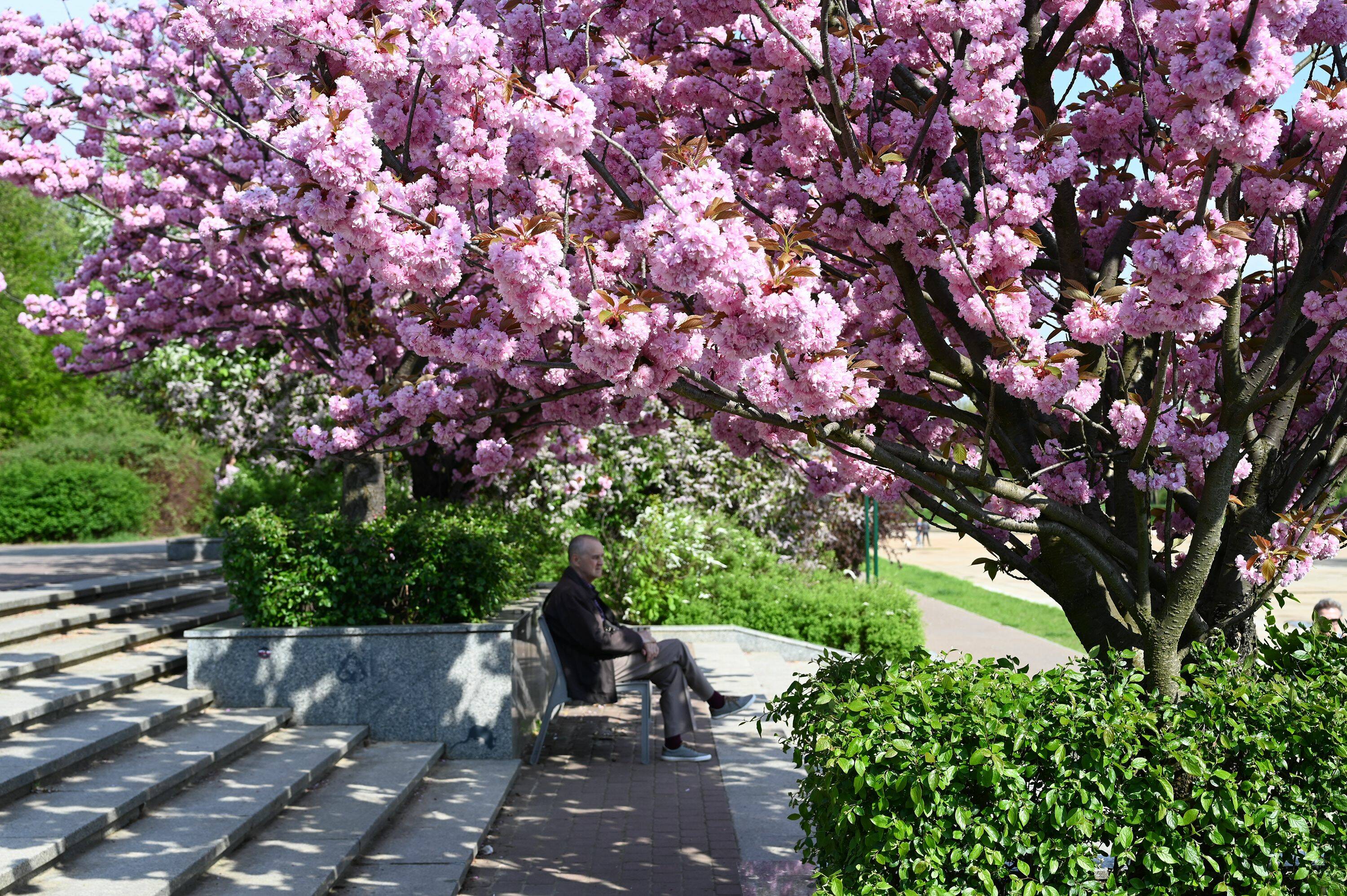warsaw

Agnieszka Żukowska

Kamila Nowocin, GAM’s Deputy Director, talks us through the most important initiatives and changes in the Polish capital. The main project of the last few years has been bringing the Vistula river back to its inhabitants, as Kamila calls it:
The right bank of the river has had a wild character and natural vegetation, and thanks to hard work - that started in 2007 - it now has a coastal path that is 21 kilometers long and is accessible to walkers, runners and cyclists. The hardened mineral surface is not only comfortable for its users, but also permeable to water. Here you can meet herons, plover birds, beavers and even wild boars. However, it has been quite a challenging project, due to maintaining the natural character of the place and having to adapt the infrastructure to possible flooding. From 2008 to 2018, the Polish municipality has worked on constructing boulevards on the other (left) bank of the Vistula river, with a perfect combination of greenery, functionality and a promenade being the main achievement. The river ‘returned’ to the city and became one of the most popular recreational places.
The next stage of work regarding the Vistula River: taking care of natural floodplain meadows (Golędzinów Park), which, thanks to special suspended platforms, will also become more accessible to residents.
Pole Mokotowskie: an area of approximately 70 ha, which will gain over fifty trees, 6,000 bushes, 17,000 perennials and almost 1.5 ha of meadows.
Warsaw Uprising Mound, where memorial places (regarding WOII) will be added, to respect the history, nature and needs of residents. Several hundred park trees will appear and over 8,000 forest plants, just as nesting boxes for birds and bats.
Nowocin elaborates on the initiatives: "The inhabitants want to have contact with nature. That is why we change the rules of care, maintain the natural character of selected places and introduce a bit of "mess", which is to serve birds, insects, and small mammals. We open the city to nature and let it be governed by its own rights."
Next to this successful project, there have also been some other initiatives during the last few years:
initiatives
Green Cities
Warsaw
Warsaw, the capital of Poland, has been developing green initiatives for more than twenty years now, to make the city greener and more enjoyable for its habitants. In 2016, the organization Green Area Management (GAM) was established, in order to integrate the management of greenery in the city.
SCROLL DOWN


The next stage of work regarding the Vistula River: taking care of natural floodplain meadows (Golędzinów Park), which, thanks to special suspended platforms, will also become more accessible to residents.
Pole Mokotowskie: an area of approximately 70 ha, which will gain over fifty trees, 6,000 bushes, 17,000 perennials and almost 1.5 ha of meadows.
Warsaw Uprising Mound, where memorial places (regarding WOII) will be added, to respect the history, nature and needs of residents. Several hundred park trees will appear and over 8,000 forest plants, just as nesting boxes for birds and bats.
Nowocin elaborates on the initiatives: "The inhabitants want to have contact with nature. That is why we change the rules of care, maintain the natural character of selected places and introduce a bit of "mess", which is to serve birds, insects, and small mammals. We open the city to nature and let it be governed by its own rights."
Next to this successful project, there have also been some other initiatives during the last few years:
initiatives
Kamila Nowocin, GAM’s Deputy Director, talks us through the most important initiatives and changes in the Polish capital. The main project of the last few years has been bringing the Vistula river back to its inhabitants, as Kamila calls it:
The right bank of the river has had a wild character and natural vegetation, and thanks to hard work - that started in 2007 - it now has a coastal path that is 21 kilometers long and is accessible to walkers, runners and cyclists. The hardened mineral surface is not only comfortable for its users, but also permeable to water. Here you can meet herons, plover birds, beavers and even wild boars. However, it has been quite a challenging project, due to maintaining the natural character of the place and having to adapt the infrastructure to possible flooding. From 2008 to 2018, the Polish municipality has worked on constructing boulevards on the other (left) bank of the Vistula river, with a perfect combination of greenery, functionality and a promenade being the main achievement. The river ‘returned’ to the city and became one of the most popular recreational places.
Agnieszka Żukowska

Warsaw, the capital of Poland, has been developing green initiatives for more than twenty years now, to make the city greener and more enjoyable for its habitants. In 2016, the organization Green Area Management (GAM) was established, in order to integrate the management of greenery in the city.
Warsaw
Green Cities